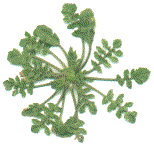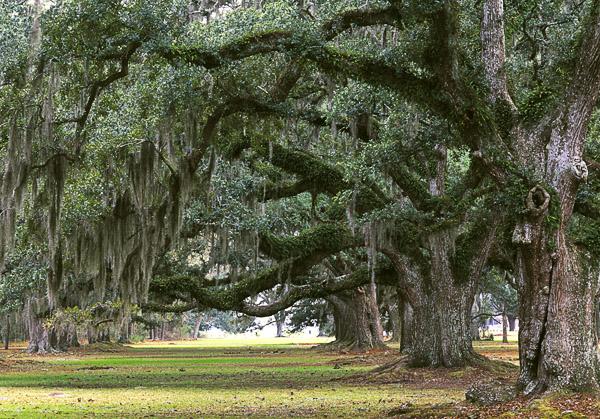
Nor a gravedigger. Nor any other sort who might be expected to take finding bones in the soil in stride. The odd deer skeleton in the woods won't faze me, but in a planter? Thanks, but no. Which is why I no longer put bones in my bokashi. I do have these oddly squeamish turns, and just couldn't get past the idea of pulling up my sweet potato harvest to find a T-bone in the tubers.
If I had someplace to bury them where they wouldn't be disturbed, of course...but that requires land, so it's not an option for me. Not that I have all that many bones to dispose of, and I do tend to make stock with a bit of vinegar to leach the calcium, so how many potential soil nutrients would I really be throwing away? Cleaned bones probably don't produce much methane in the landfill, either. But it's the idea of the thing--I'm not quite at the point of carrying home food wastes to feed the buckets, but not far off, and throwing away anything I know could be used to replenish the soil just seems wrong.
(Though it does still happen. Confession time: I threw away nearly half a head of cabbage yesterday. Put it in the trash! It had fruit flies, you see, and my freezer is tiny and full of food; no way to freeze the winged pests so Verne could have red leaves. Nor was I willing to risk upsetting the balance of either the new bokashi bucket or young Repulsive by adding infested material. Or the apartment's shared outdoor compost bin, which so far, surprisingly, hasn't had any insect problems worth mentioning.)
So what to do with the bones? Repulsive cleans bones, but does not apparently devour them, so that's no solution. Verne won't help there, either. The household feline only occasionally deigns to consider people-food, preferring expensively canned glop, but even were she willing, I was raised on horror tales of cats and chicken bones and so wouldn't take the chance. I suppose an industrial mulcher might convert bones to meal, but as I don't happen to know anyone who has one of those...
What I probably ought to do is toss the bones into Repulsive's bucket, then fish them out during harvesting and stick them in a designated no-root-crops-here planter. Under some sort of thrifty perennial, perhaps. But I'm not too happy with that idea, as it requires additional contact with Repulsive.
For now, I think the bones are going in the trash. While I work on this latest burst of squeamishness, and possibly do some research. There's this kid-science experiment they do in schools where they submerge teeth in Coca-Cola to watch what happens. (Do they still do that? Ah, well.) Surely there's some way to speed the breakdown of bone matter beyond the softening that occurs during roasting and stock-making; is there a technique that might work in an EM bokashi bucket, or a wormery? I don't need instant dissolution, but within a growing season would be nice.
Bones are just not what I want to harvest!
DSF






